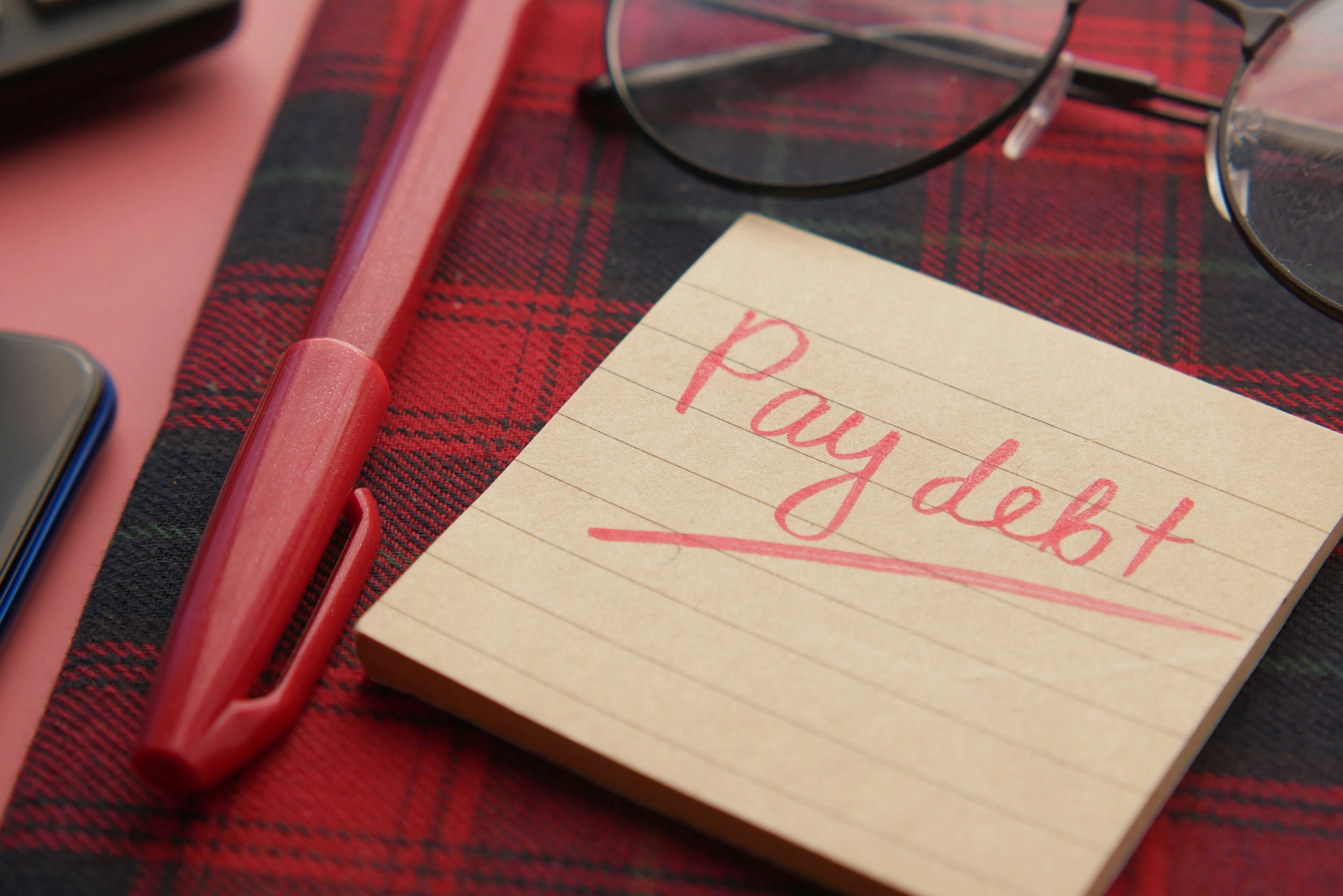
Involuntary LienCredit Repair Definition
A lien placed on property without the owner's consent, usually due to unpaid debts or legal obligations.
Definition
An involuntary lien is a legal claim placed against a property without the consent of the property owner. These liens arise by operation of law or through court action, typically as a result of unpaid debts or obligations. Unlike consensual liens (like mortgages), the property owner does not agree to the lien being placed. Common examples of involuntary liens include tax liens (imposed by government agencies for unpaid taxes), mechanic's liens (filed by contractors for unpaid work on property), and judgment liens (resulting from a court judgment against the property owner in a lawsuit). Involuntary liens give the lienholder a security interest in the property, potentially allowing them to force its sale to satisfy the underlying debt.
Frequently Asked Questions
What are the most common types of involuntary liens?
The most common types are: (1) Tax Liens: Filed by federal, state, or local governments for unpaid income, property, or other taxes. (2) Mechanic's Liens: Filed by contractors, subcontractors, or suppliers who haven't been paid for labor or materials provided to improve property. (3) Judgment Liens: Filed by a creditor who has won a lawsuit against the property owner, securing the court's monetary judgment against the owner's property.
How does an involuntary lien affect property ownership?
An involuntary lien creates an encumbrance on the property's title, making it difficult or impossible to sell or refinance the property until the lien is resolved (paid off or otherwise removed). If the debt remains unpaid, the lienholder may be able to initiate foreclosure proceedings to force the sale of the property.
How can involuntary liens be removed?
Removal typically requires satisfying the underlying debt that led to the lien. This might involve paying the unpaid taxes, settling the debt with the contractor, or paying the court judgment. Once paid, the lienholder should file a lien release document. In some cases, liens can also be removed if they were improperly filed or if the statute of limitations for enforcement expires.
Related Terms
Need Credit Help?
Discover tools and resources to help improve your credit score and financial health.